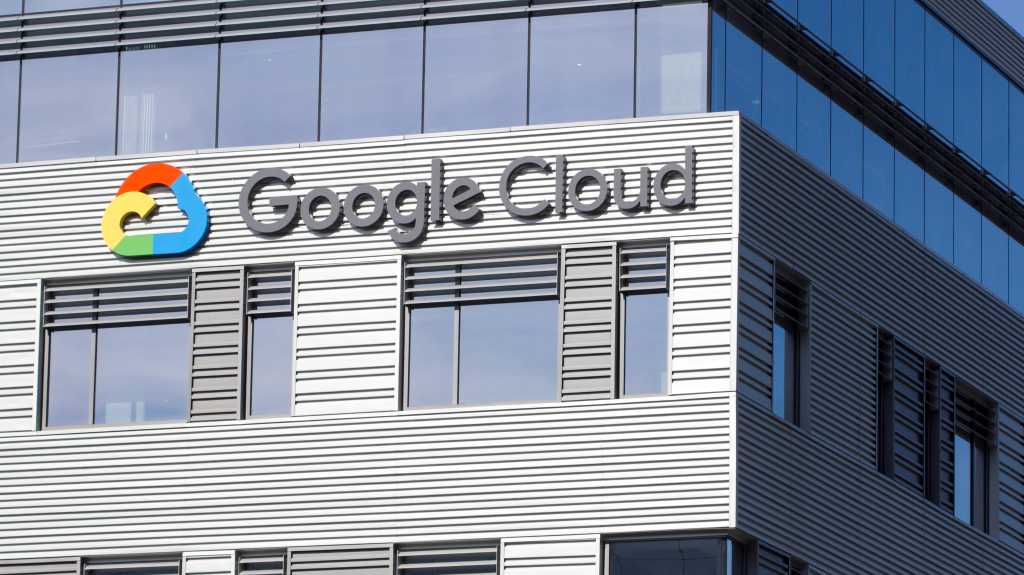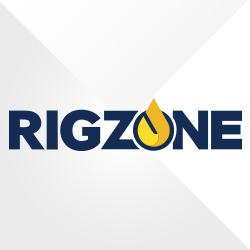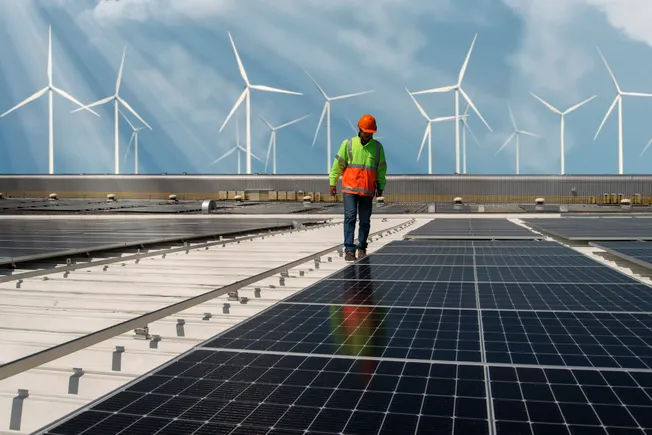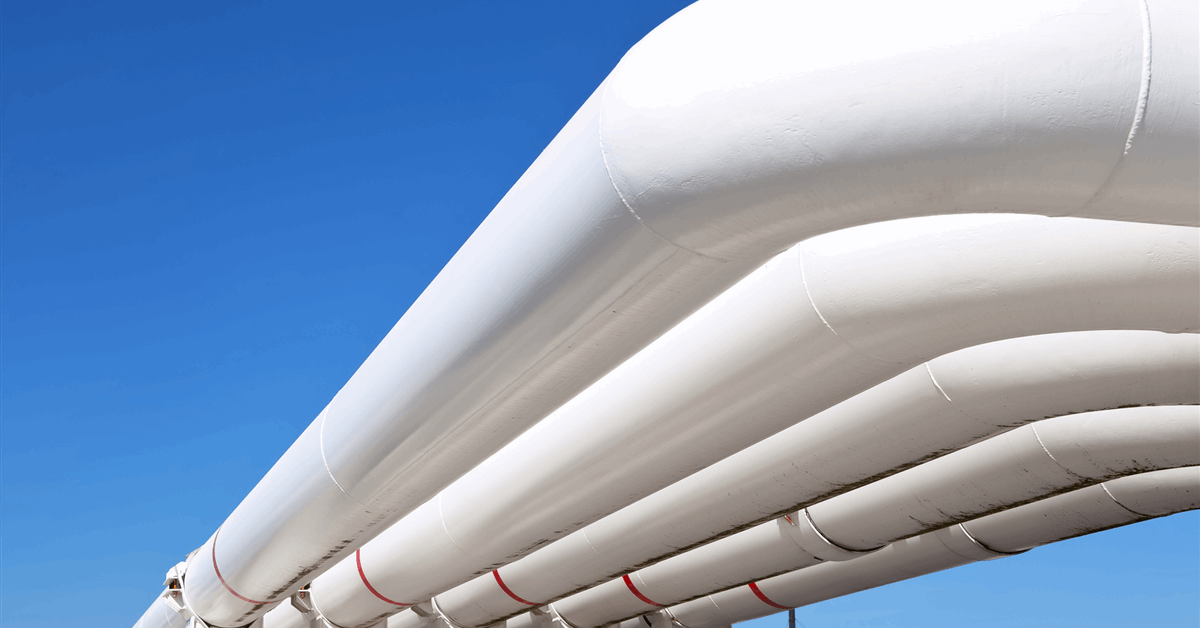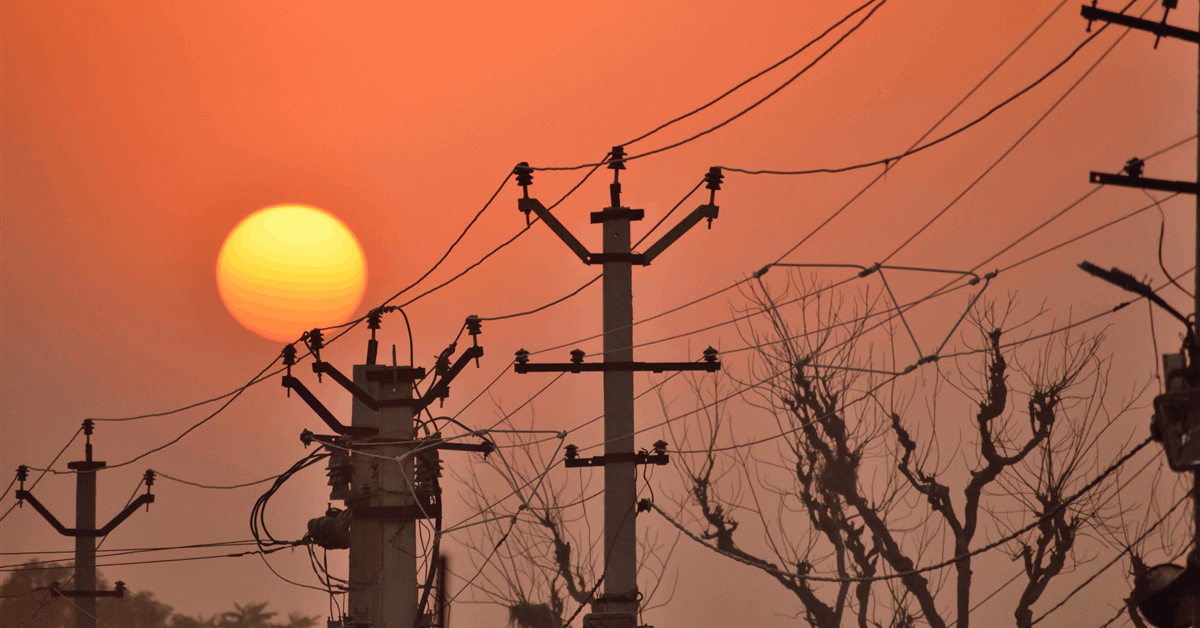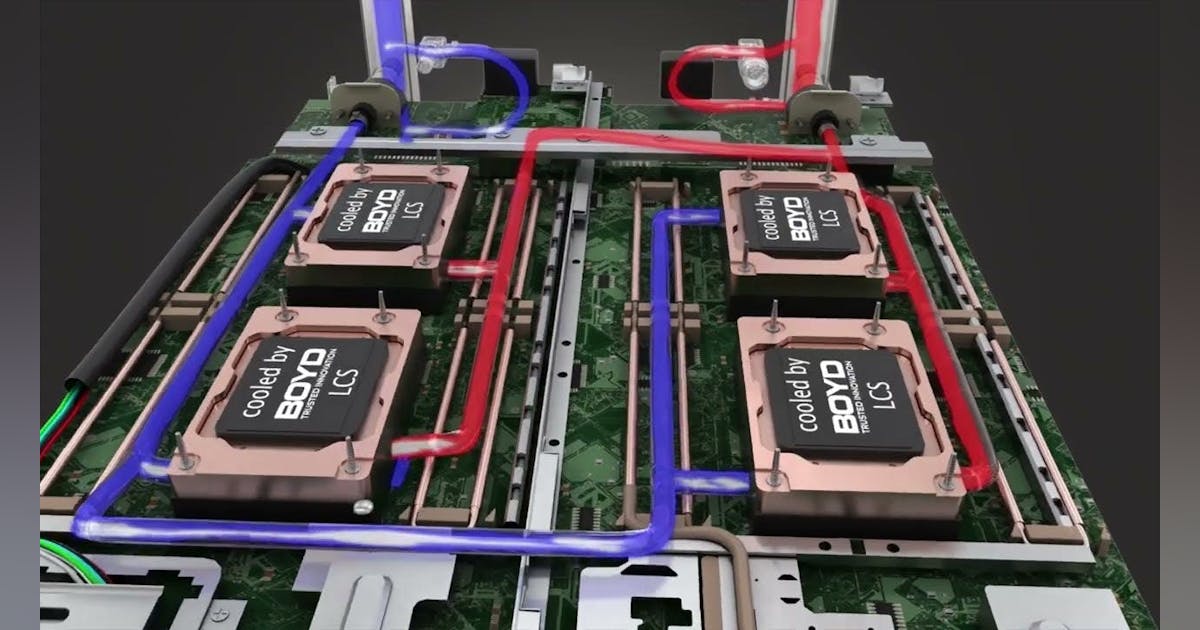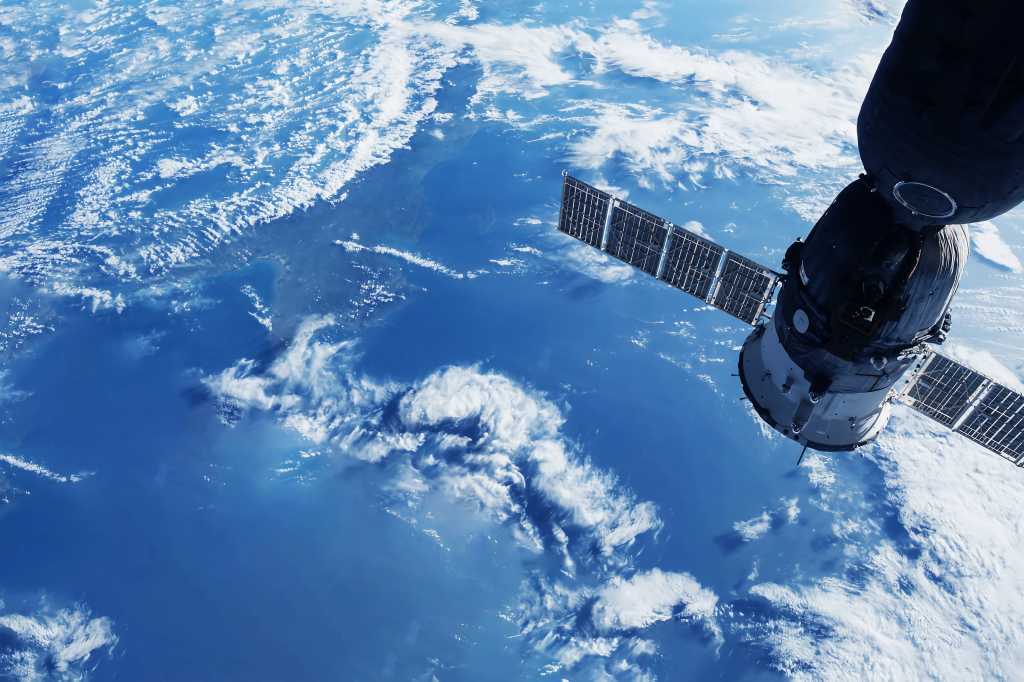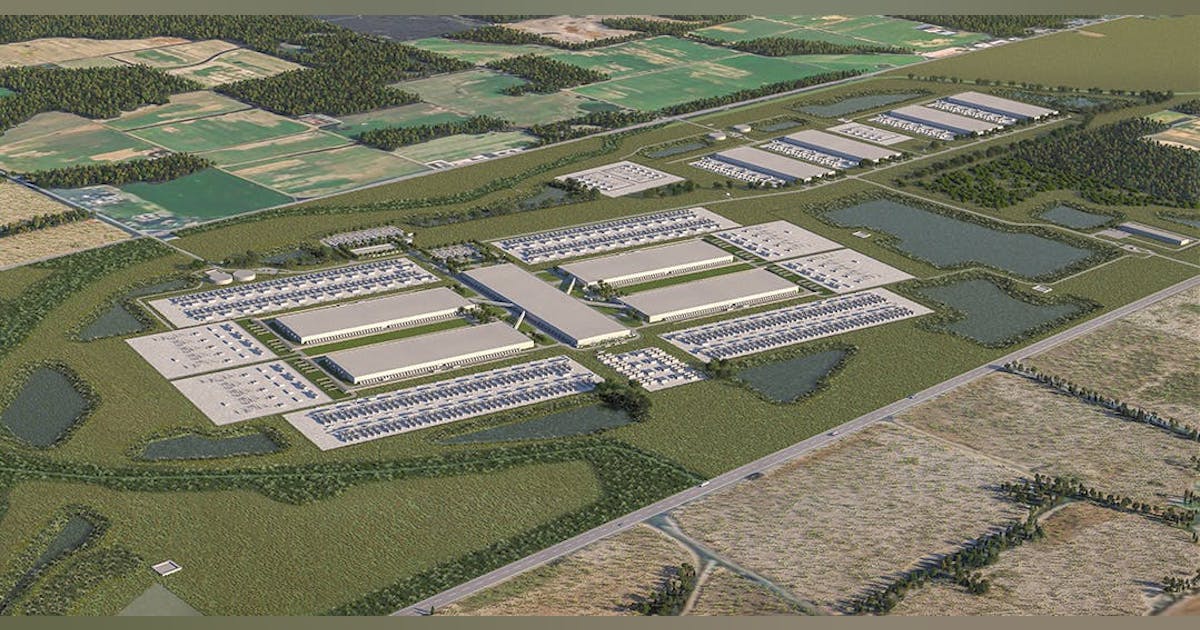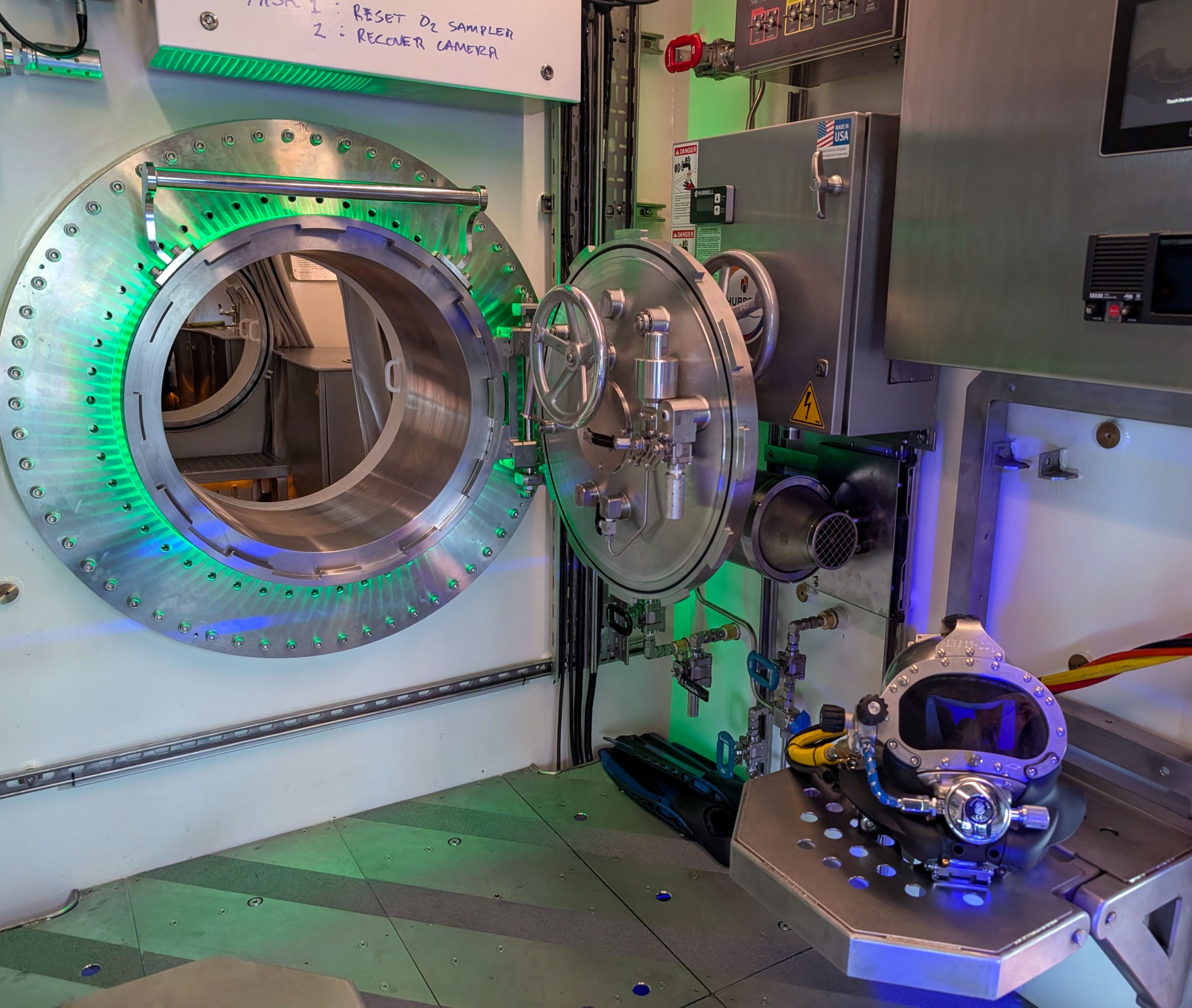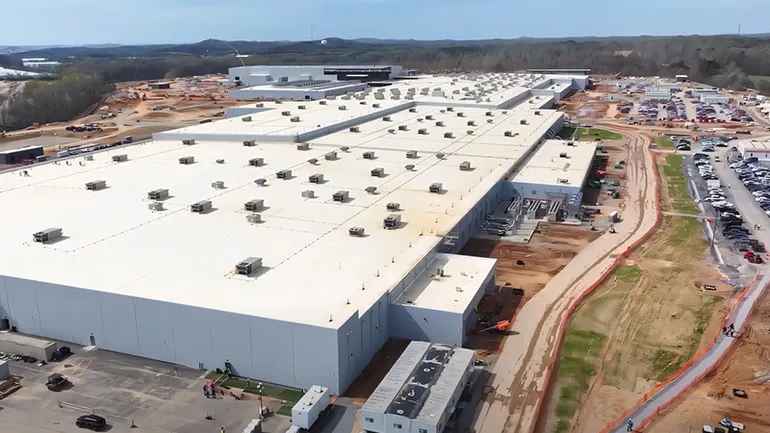
Dive Brief:
- Qcells closed on a $1.45 billion Energy Department loan guarantee to support its solar panel manufacturing facility in Cartersville, Georgia, the agency announced Dec. 19.
- The facility will create 1,650 full-time jobs and generate 3.3 GW of solar panels annually, enough to power 500,000 homes and reduce CO2 emissions by over five million tons per year.
- Qcells began some production at the Cartersville site this past spring, with plans to start full-scale operations in 2025.
Dive Insight:
The facility will produce solar components to support the end-to-end supply chain, including ingots, wafers, cells and finished solar panels. The factory will be the largest ingot and wafer plant ever built in the U.S., according to DOE.
The project has a potential sales output of more than $2 billion. The company is also eligible for Inflation Reduction Act incentives, such as the Section 45X Advanced Manufacturing Production Tax Credit.
The Cartersville factory will supply solar panels for distributed and utility-scale projects. In January, Qcells signed an eight-year, 12 GW solar and engineering, procurement and construction agreement with Microsoft, fulfilled by panels made in Cartersville.
An hour away from Cartersville, Hanwha Qcells USA, Inc. opened a solar factory in Dalton, Georgia, in 2019. Hanwha, Qcells’ parent company, expanded the Dalton facility in October 2023 to produce a total of 5.1 GW of solar panels per year.
Qcells has committed to spending nearly $2.8 billion to build out a complete and sustainable solar supply chain in the U.S., first announced in January 2023. So far, Hanwha Qcells USA has completed over 2 GW of projects and has over 10 GW in its development pipeline.
The Biden-Harris administration has been racing to finalize Energy Department clean energy loans while the president is still in office. Across all Loan Programs Office programs, DOE has attracted 210 applications for domestic clean energy projects totaling over $324.3 billion in requested loans and loan guarantees, as of November 2024.
Recent DOE financing projects include $9.63 billion to BlueOval SK to expand electric vehicle battery manufacturing and $1.25 billion to EVgo to grow public fast charging in the U.S.


